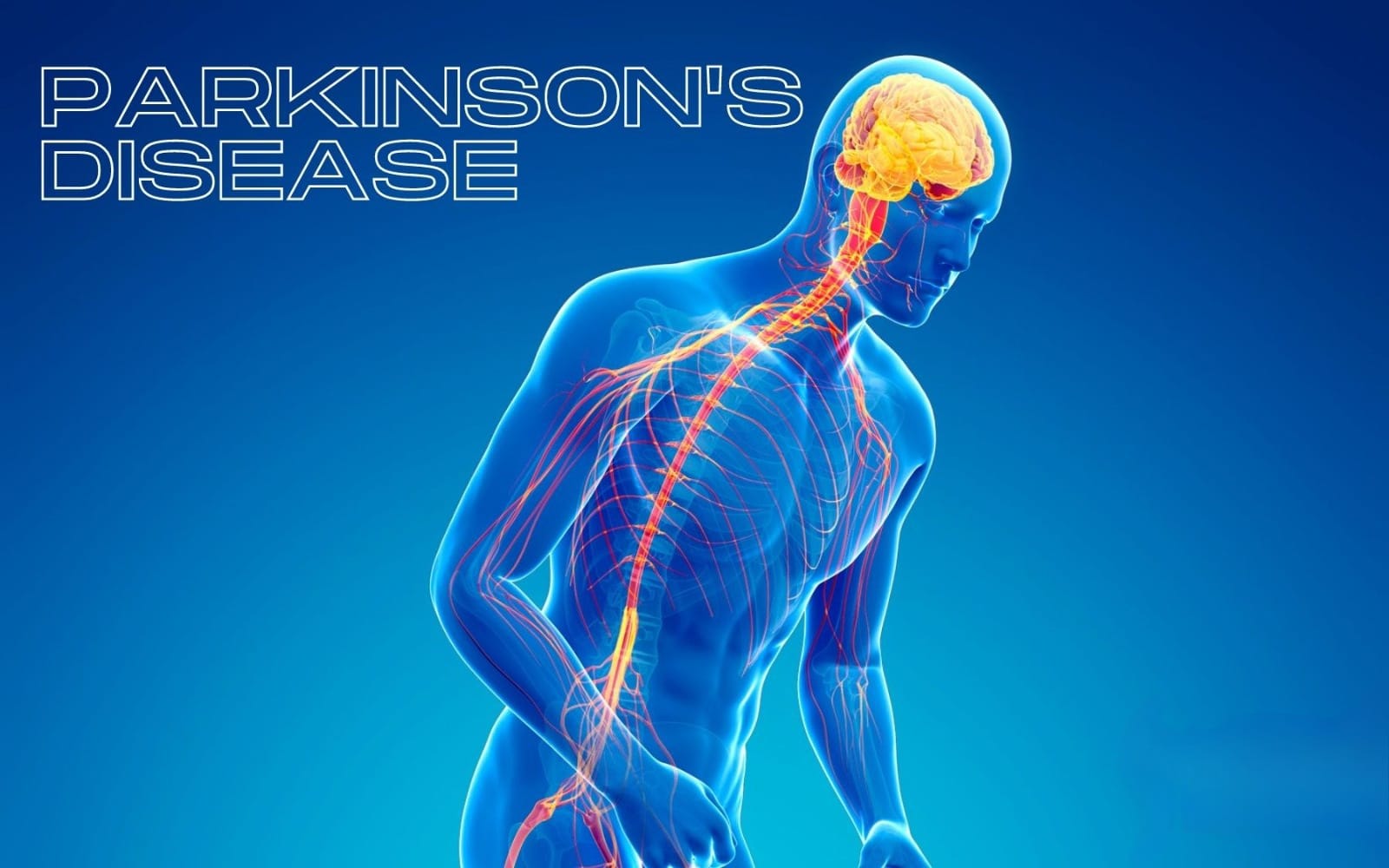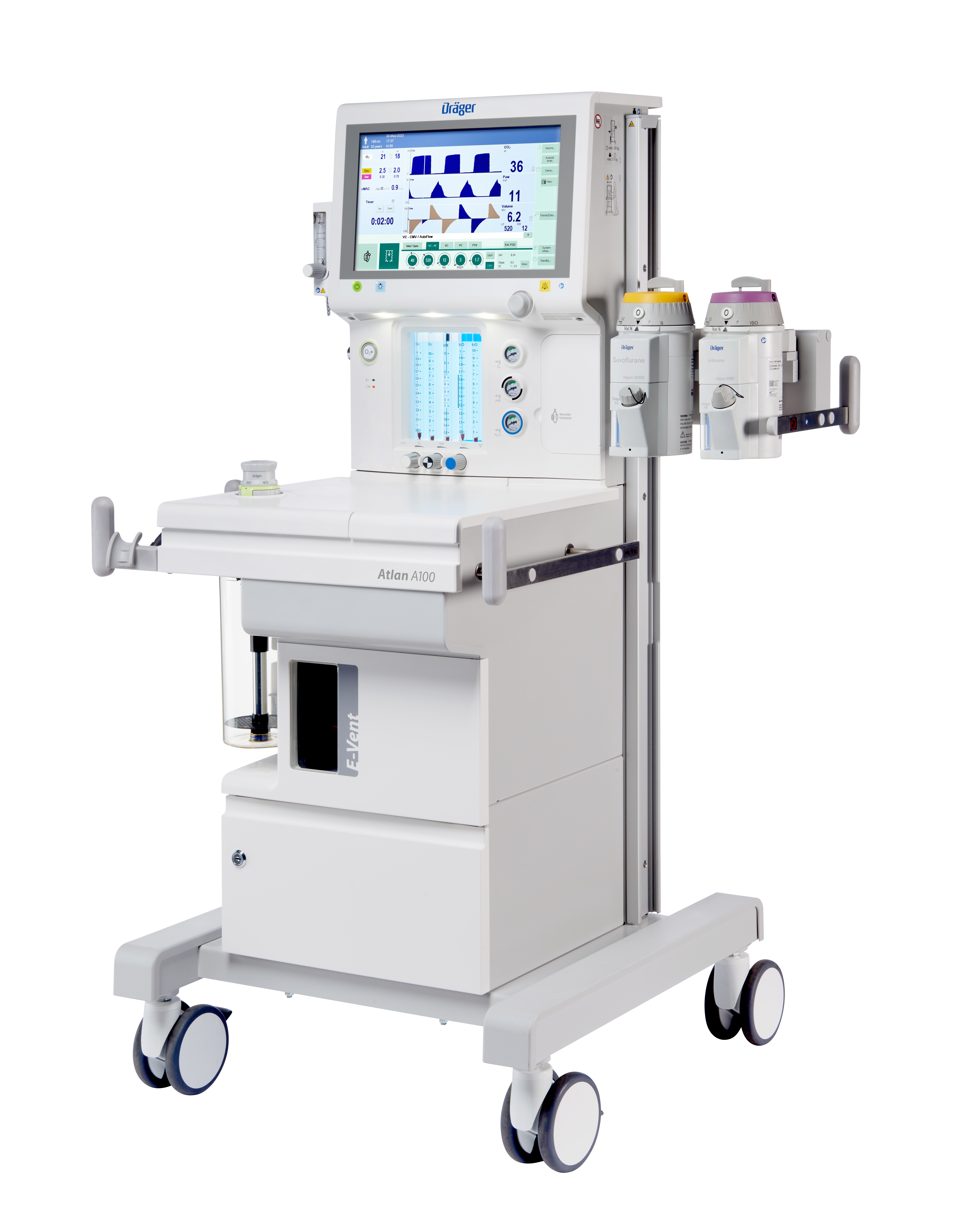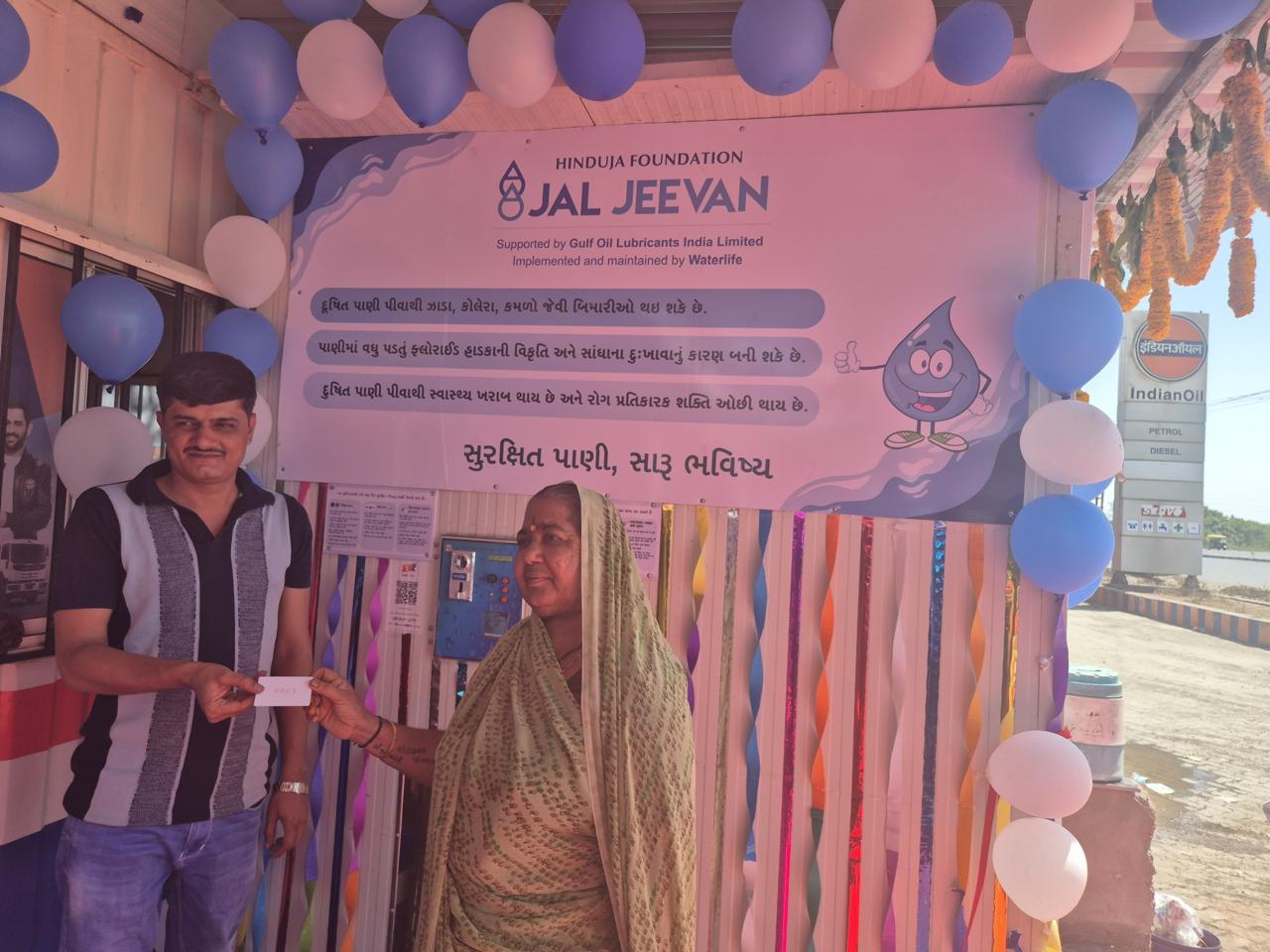Fatty liver means extra fat that gets deposited in the liver. Excess alcohol intake leads to the build-up of fat inside your liver. Not drinking alcohol could also result in fatty liver, it is termed Non-alcoholic fatty liver disease. It is of two types
Simple fatty liver
In this, the liver has got an accumulation of fat but no inflammation or damage to the liver cells. It doesn’t cause problems with your liver.
Nonalcoholic Steatohepatitis (NASH)
In this type, the liver is having inflammation that can cause liver fibrosis or liver cirrhosis.
Alcohol-related fatty liver (ALD)– It is the preventable one. Quitting alcohol improves the condition. If not controlled, this may cause more severe complications. Complications include
- Enlarged liver
- Alcoholic hepatitis
- Alcoholic cirrhosis
Symptoms of fatty liver disease
Alcohol-related fatty liver and non-alcoholic fatty liver disease don’t show any symptoms. NASH shows symptoms like
- Swollen belly
- Red palms
- Yellow skin and eyes (Jaundice)
- Large breast in men
ALD risk factors
- Excess drinking of alcohol
- Obesity
- Malnourished
- Suffering from hepatitis C
- Genes and age (older people are more likely to develop)
NAFLD and NASH risk factors
- Obesity
- Insulin resistant body
- High levels of LDL (bad) cholesterol and low levels of HDL (good) cholesterol
- You have PCOS, sleep apnea, or have hypothyroidism
- Malnourished body and fast weight loss
- Have hepatitis C and metabolic disorders like diabetes.
Fatty liver disease – Diagnosis
- Patient history – The doctor might ask you about alcohol intake, medicines you take, and other underlying health conditions
- Physical examination
- Blood test – Blood test of liver enzymes like alanine aminotransferase (ALT) and aspartate aminotransferase (AST)
- Imaging – Ultrasound, CT scan, MRI scanning – these tests can determine the presence of fat in the liver
- Liver biopsy – Liver biopsy is done to diagnose NASH.
Reversing nonalcoholic fatty liver disease
1. Weight reduction – Fatty liver patients should reduce 10% of their body weight. Weight reduction is very much helpful in improving your liver health. You can lose weight through – diet, exercise, weight loss surgery, or by taking weight loss pills.
2. Treat other health conditions – Fatty liver is caused because of other underlying medical issues. Treating these issues will help in reversing the condition. Underlying medical issues include
- Diabetes
- High cholesterol
- High triglycerides
- Sleep apnea
- PCOS and hypothyroidism
3. Follow healthy eating – Diet modification can help you lose weight. In other words, it can improve your general health and reduce the amount of fat in the liver. Some tips for diet modification are
-
Include more fruits and vegetables in your daily diet
-
Consume high-fiber food and limit the intake of carbohydrates.
-
Restrict the intake of salt and sugar.
-
Limit saturated and trans-fat, eat more lean proteins.
4. Restrict the consumption of OTC medications that can cause strain on your liver. Inform the doctor about all the drugs and supplements you take. Don’t overdose the medicine.
Disclaimer: The content on this site is for informational purposes only, and should not be taken as professional medical advice. Always seek the guidance of your doctor or other health professionals for any questions you may have regarding your health or a medical condition.

 Non-alcoholic fatty liver disease can be reversed with simple diet modification. Know more about its types, risk factors, and diagnosis
Non-alcoholic fatty liver disease can be reversed with simple diet modification. Know more about its types, risk factors, and diagnosis










.jpeg)

.jpeg)
.jpeg)

.jpeg)


.jpeg)



.jpeg)
.jpeg)
.jpeg)


.jpg)


.jpeg)
.jpeg)